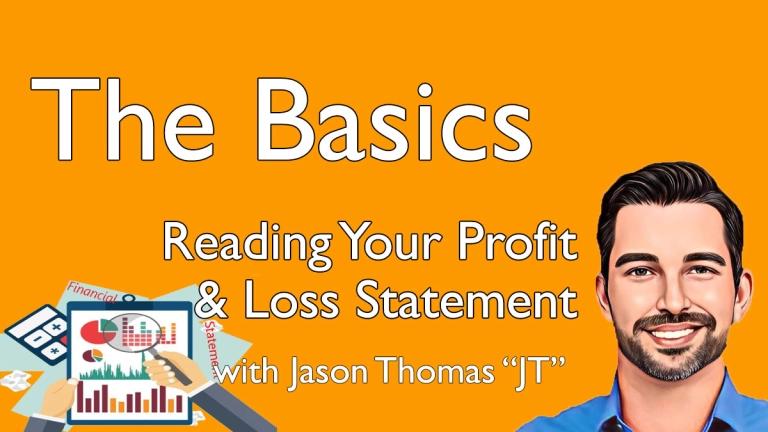Are you ready to decode the mysterious profit and loss sheet? It may seem like an intimidating document, but fear not! In this article, we are going to give you simple explanations so you’ll be able to read it like a pro in no time.
First things first, let’s define what a profit and loss sheet actually is. It’s a financial statement that summarizes a company’s revenue, expenses, and net income (or loss) over a specific period of time. The period of time can vary, but most companies prepare this statement on a monthly, quarterly, or annual basis.
Now, let’s dive into the different parts of the profit and loss sheet.
Revenue: This is the money a company earns from selling its products or services. It’s the top line of the profit and loss sheet, and it’s always a good sign when it’s going up. Think of it as the fuel that keeps the company’s engine running. Without revenue, a company can’t survive.
Expenses: These are the costs a company incurs to produce and sell its products or services. This includes things like salaries, rent, utilities, and supplies. Expenses are subtracted from revenue to calculate the company’s net income (or loss). If revenue is the fuel, expenses are the oil that keeps the engine running smoothly. But be careful not to use too much oil, or you’ll end up with a mess.
Gross profit: This is the difference between revenue and the cost of goods sold (COGS). COGS is the direct cost of producing the goods or services that are sold. Gross profit is an important metric because it tells you how much money a company is making after taking into account the direct costs of production. Think of it as the cake before you start adding the icing.
Operating expenses: These are the expenses a company incurs to run its day-to-day operations. This includes things like salaries, rent, utilities, and supplies (yes, I know I already mentioned them, but they’re important!). Operating expenses are subtracted from gross profit to arrive at operating income (or loss). Operating income is an important metric because it tells you how much money a company is making from its core business operations. Think of it as the icing on the cake.
Net income (or loss): This is the bottom line of the profit and loss sheet. It’s what’s left over after all the revenue, expenses, and other income and expenses have been accounted for. If it’s positive, the company has made a profit. If it’s negative, the company has made a loss. It’s important to remember that net income is not the same as cash in the bank. It’s just a number on a piece of paper (or a screen). But hey, if the number is positive, the company can use that money to buy some cool stuff (like a new coffee machine for the break room).
Now that we’ve covered the different parts of the profit and loss sheet, let’s talk about how to use it.
First, you want to look at revenue. Is it going up, down, or staying the same? If it’s going up, that’s a good sign. It means the company is selling more products or services. If it’s going down, that’s a bad sign. It means the company is selling less. If it’s staying the same, that’s neither good nor bad. It just means the company is maintaining its current level of sales.
Next, you want to look at expenses. Are they going up, down, or staying the same? If they’re going up, that’s a bad sign. It means the company spends more money to produce and sell its products or services. If they’re going down, that’s a good sign. It means the company is finding ways to reduce its operational cost and therefore increase profits.
This is the #1 most important thing to pay attention to on your P&L sheet. Most new business owners get their reports from their accountant, and they look at the money that came in and then scan down to the amount that they get to keep and then they end up using that piece of paper for taking notes without giving it much more concern. It’s not really their fault. I blame the accountant for not adding historical data to the P&L. You see, without adding the historical data you have no way to easily see what direction things are going in.
Your goal as a business owner is to be acutely aware of what the variance is between this month and last, this quarter and last, and what your business was doing at this time last year. Doing this will allow you to see the trends in your business. It’s really the only way your business can talk to you. And if you don’t take the time to learn to speak in the same language you are risking losing it altogether. Don’t get it wrong, at this stage your business is just like any other relationship that comes your time. Good Communication Is Key!
Hopefully, this article has helped you understand the importance of your Profit and Loss sheet. If you still have questions hop over to our contact form and shoot us a message. Or give us a call, we’d be happy to help you manage and grow your business!




